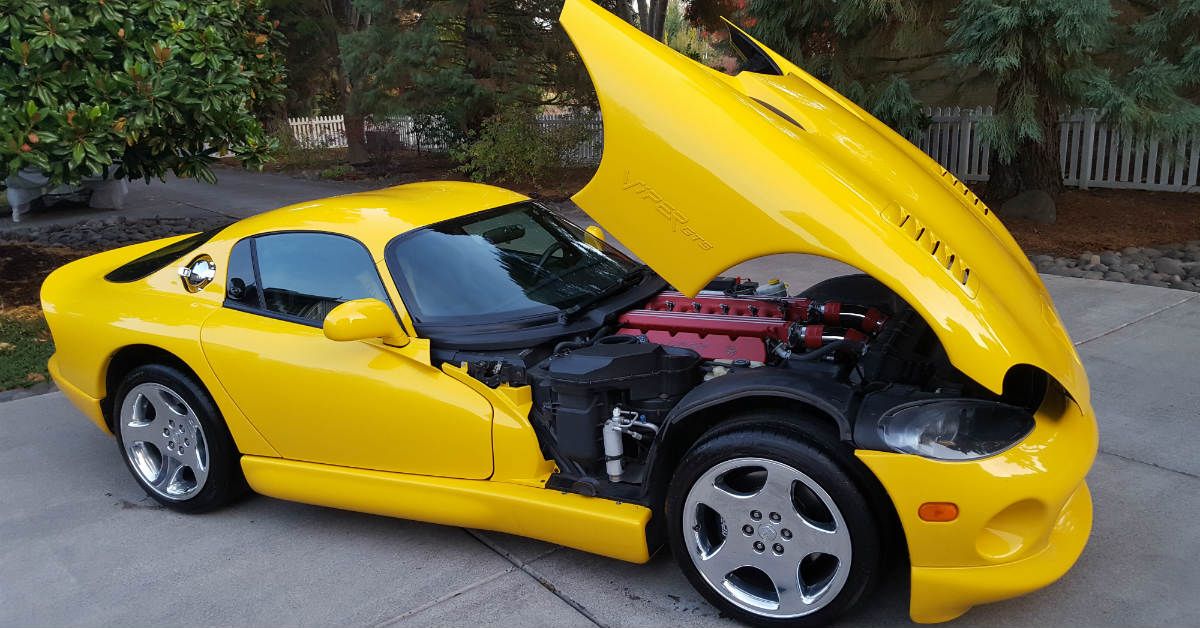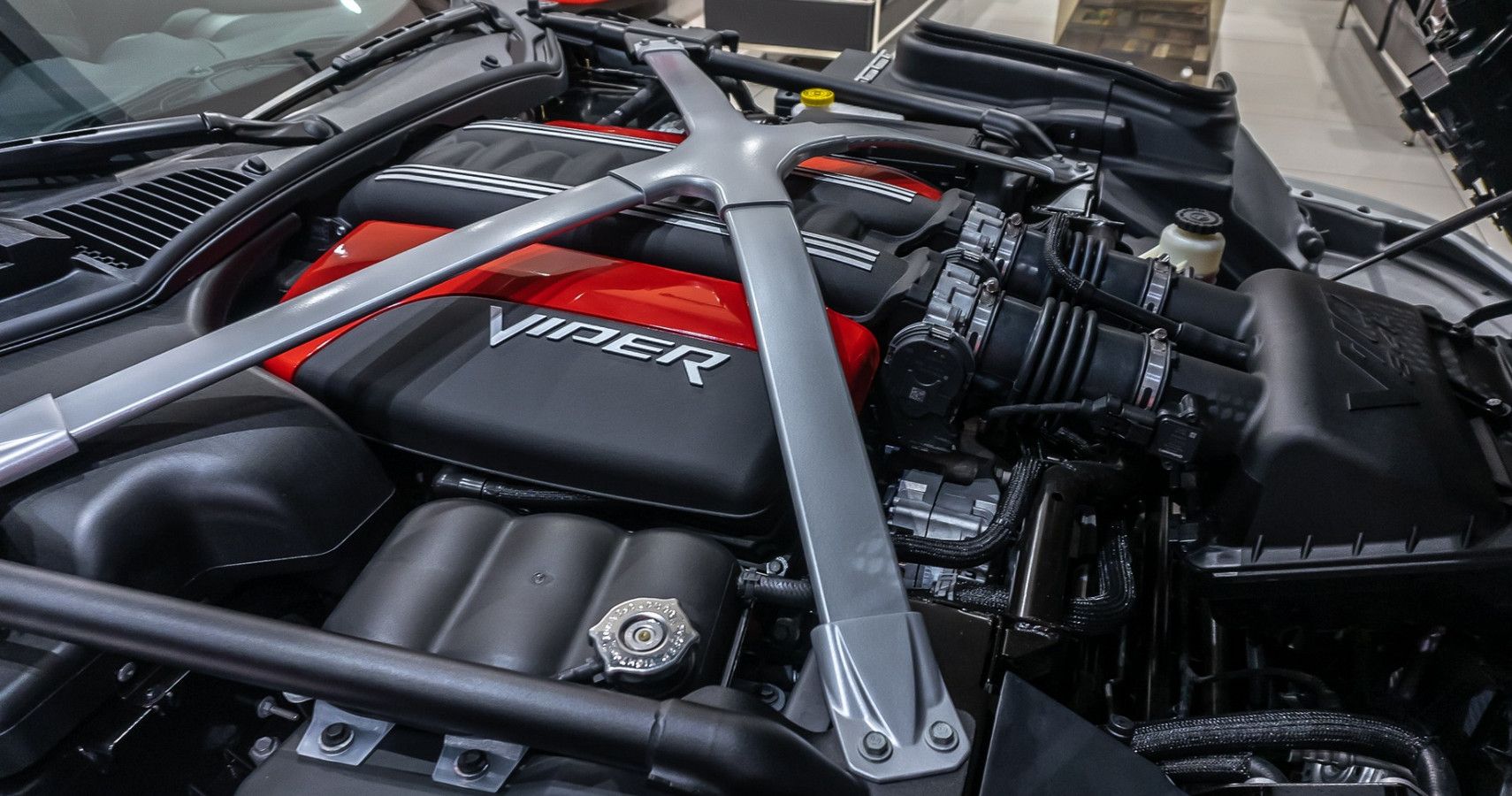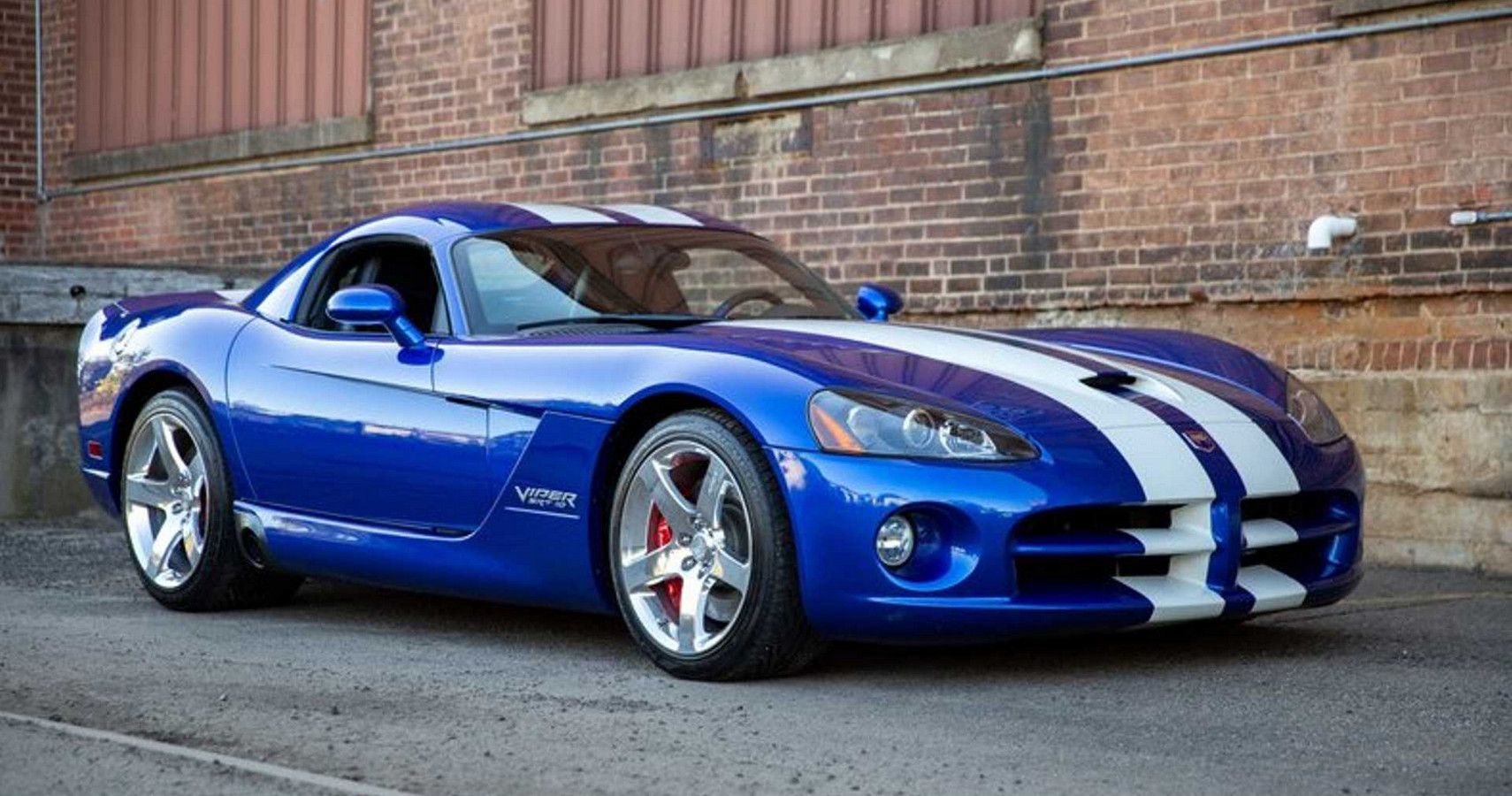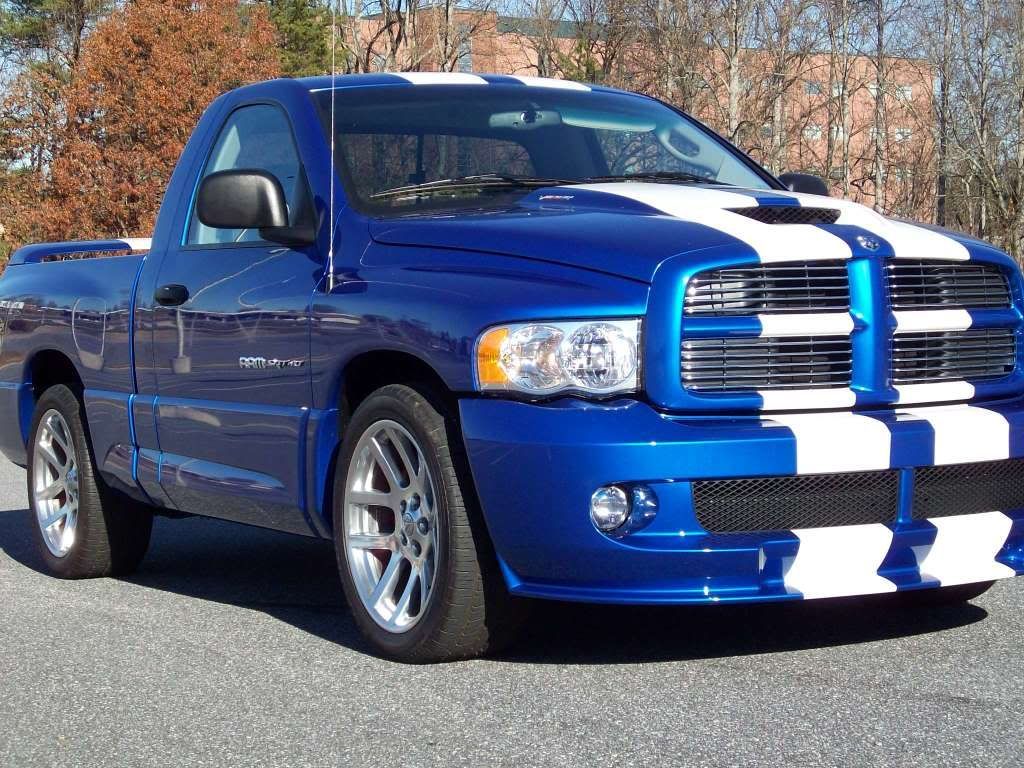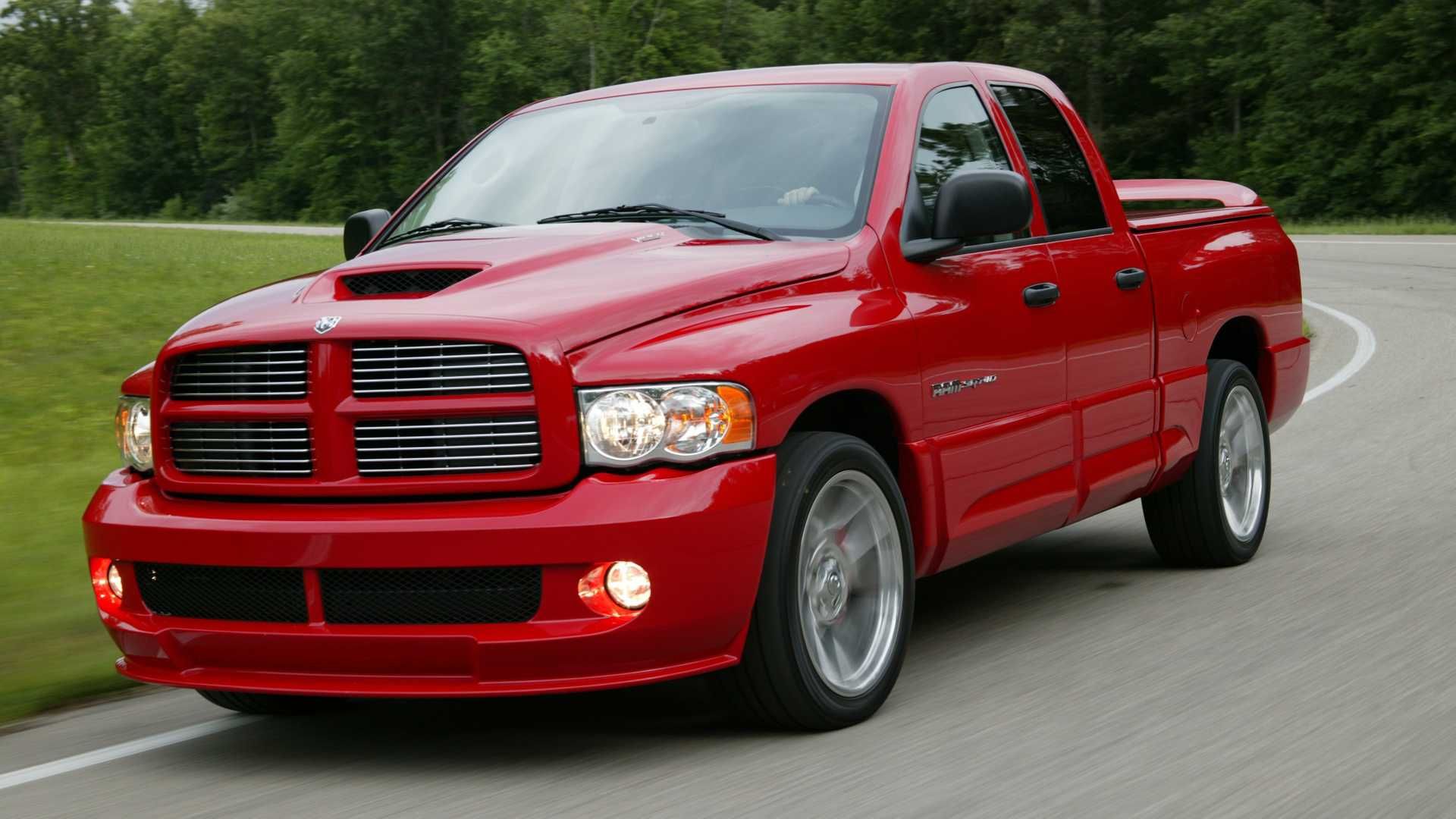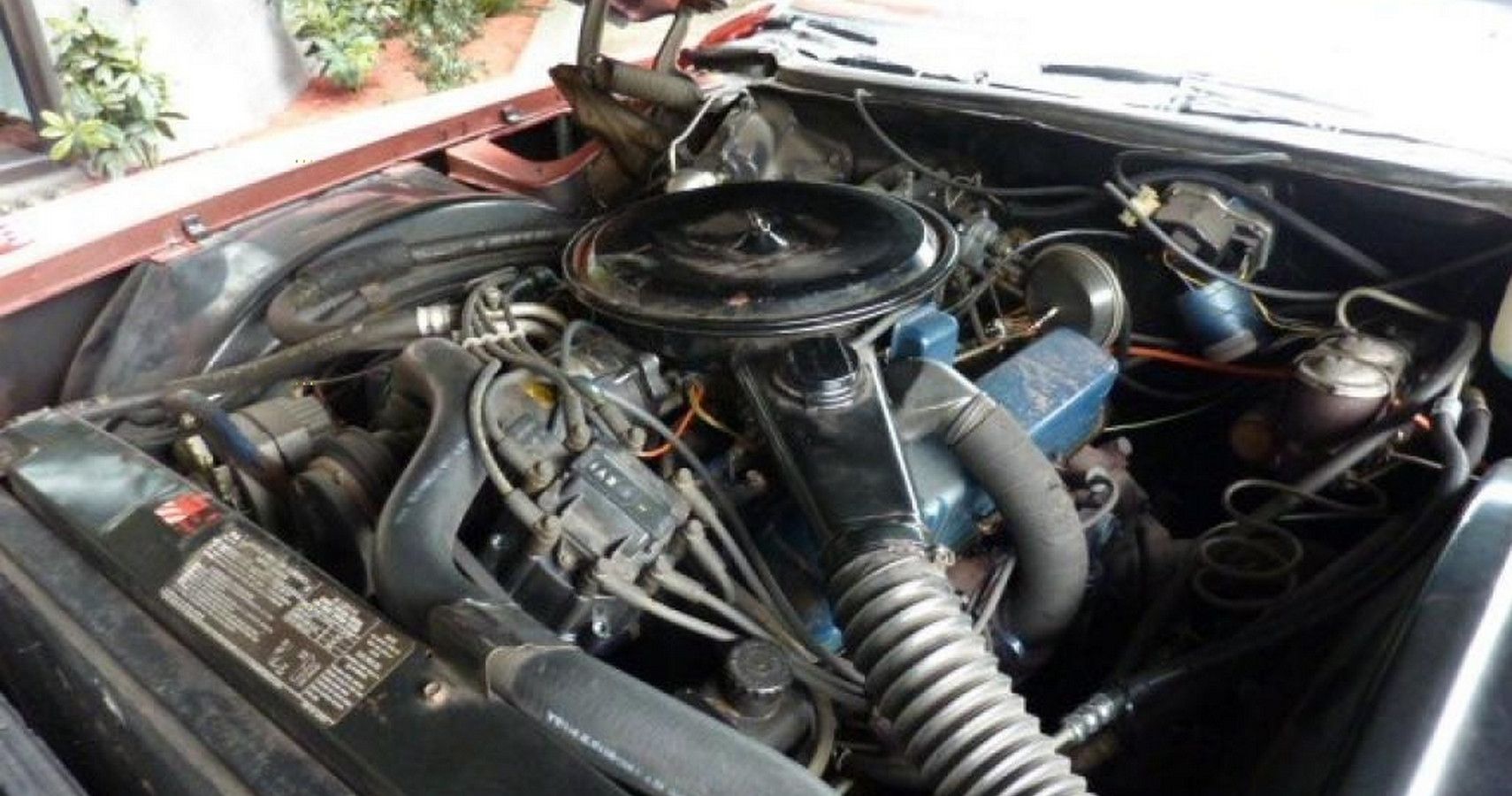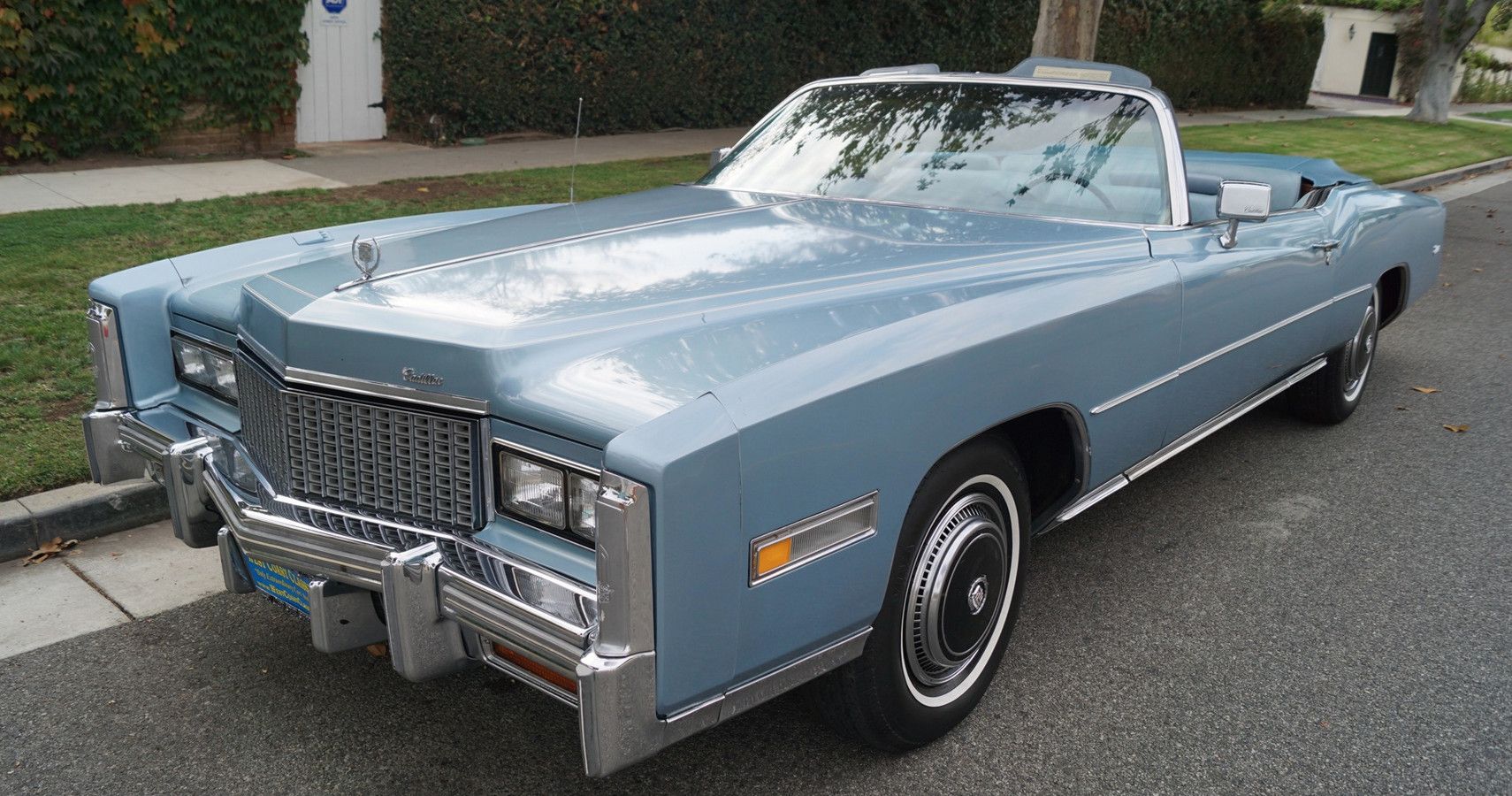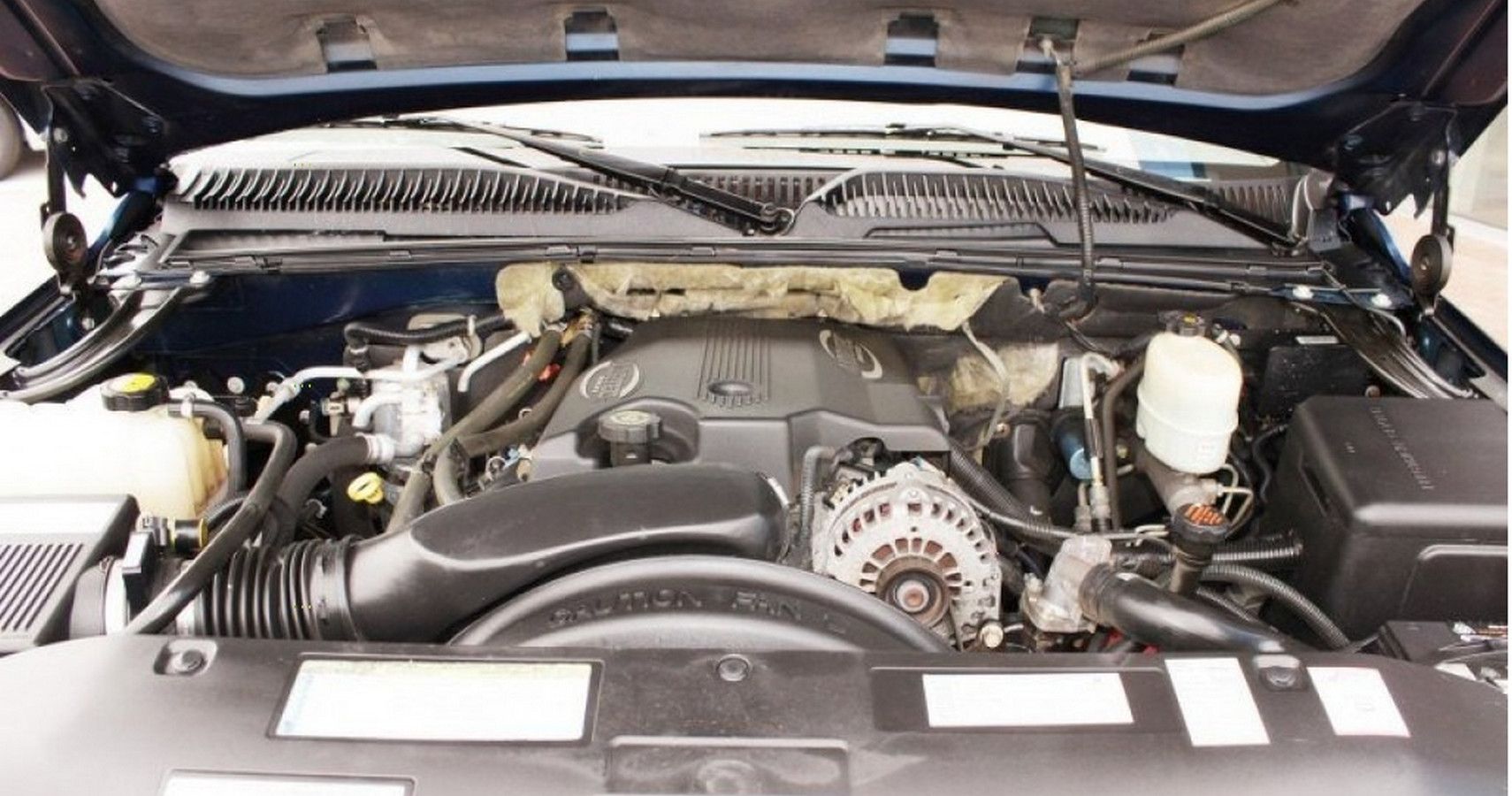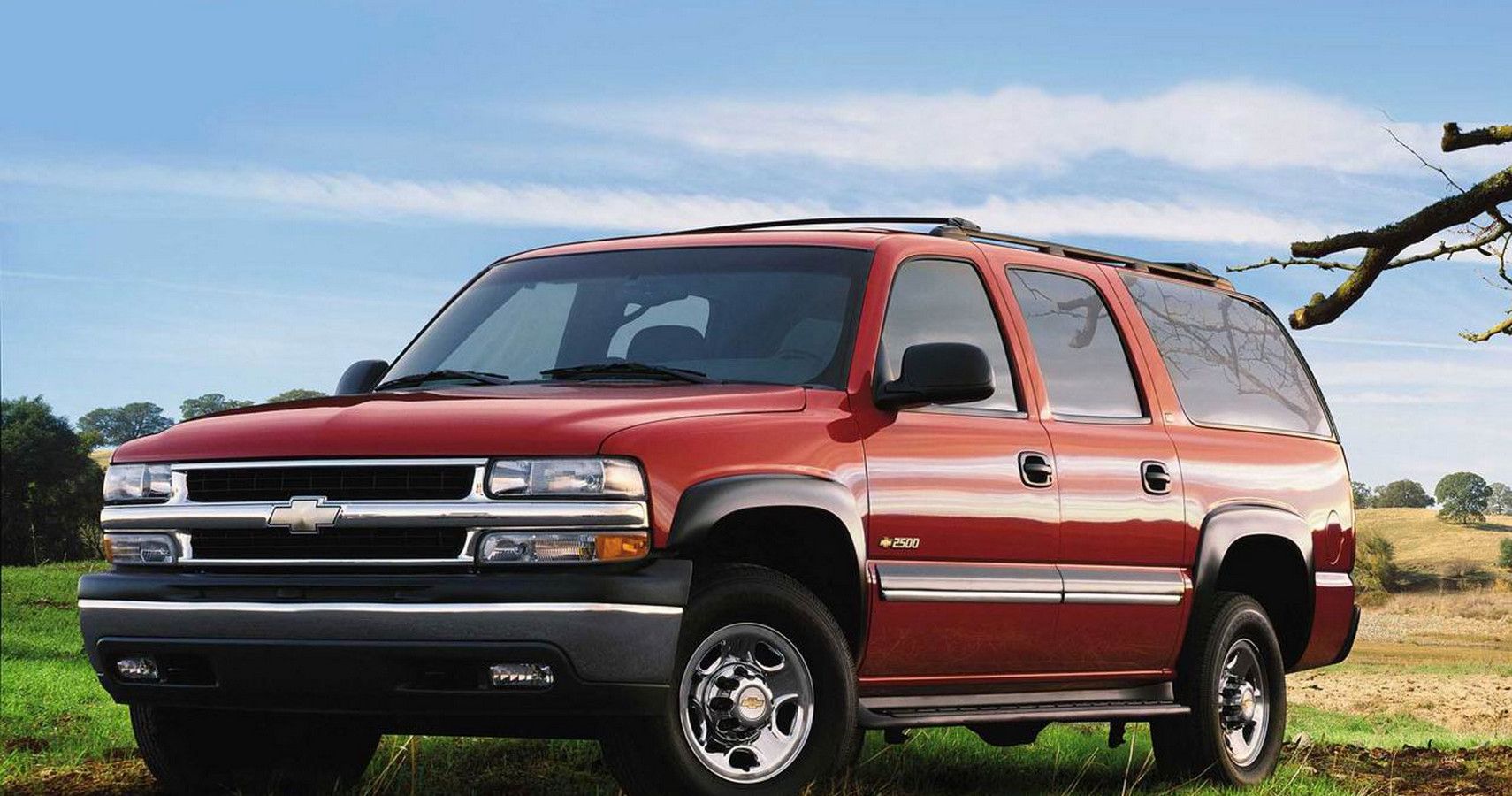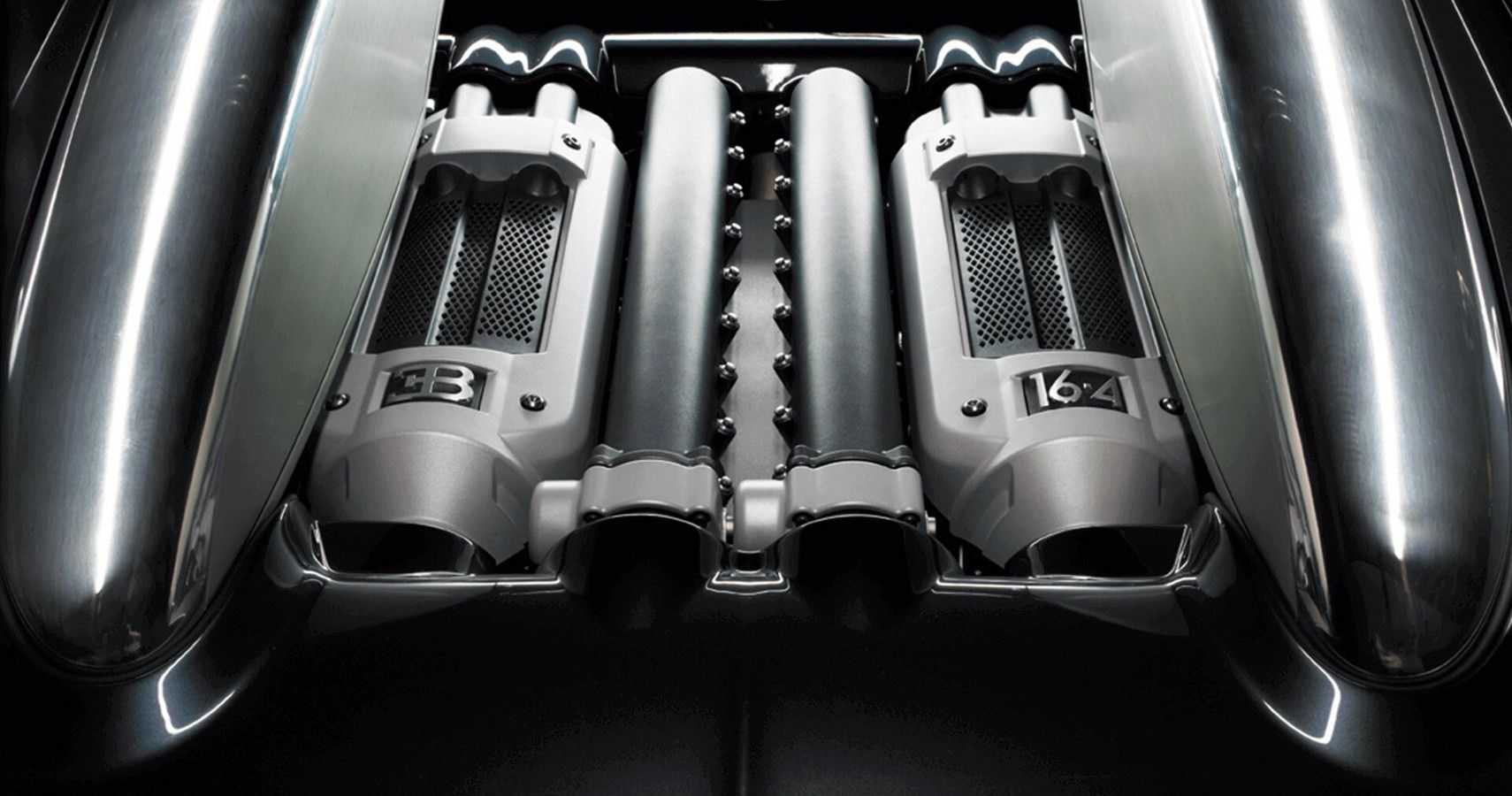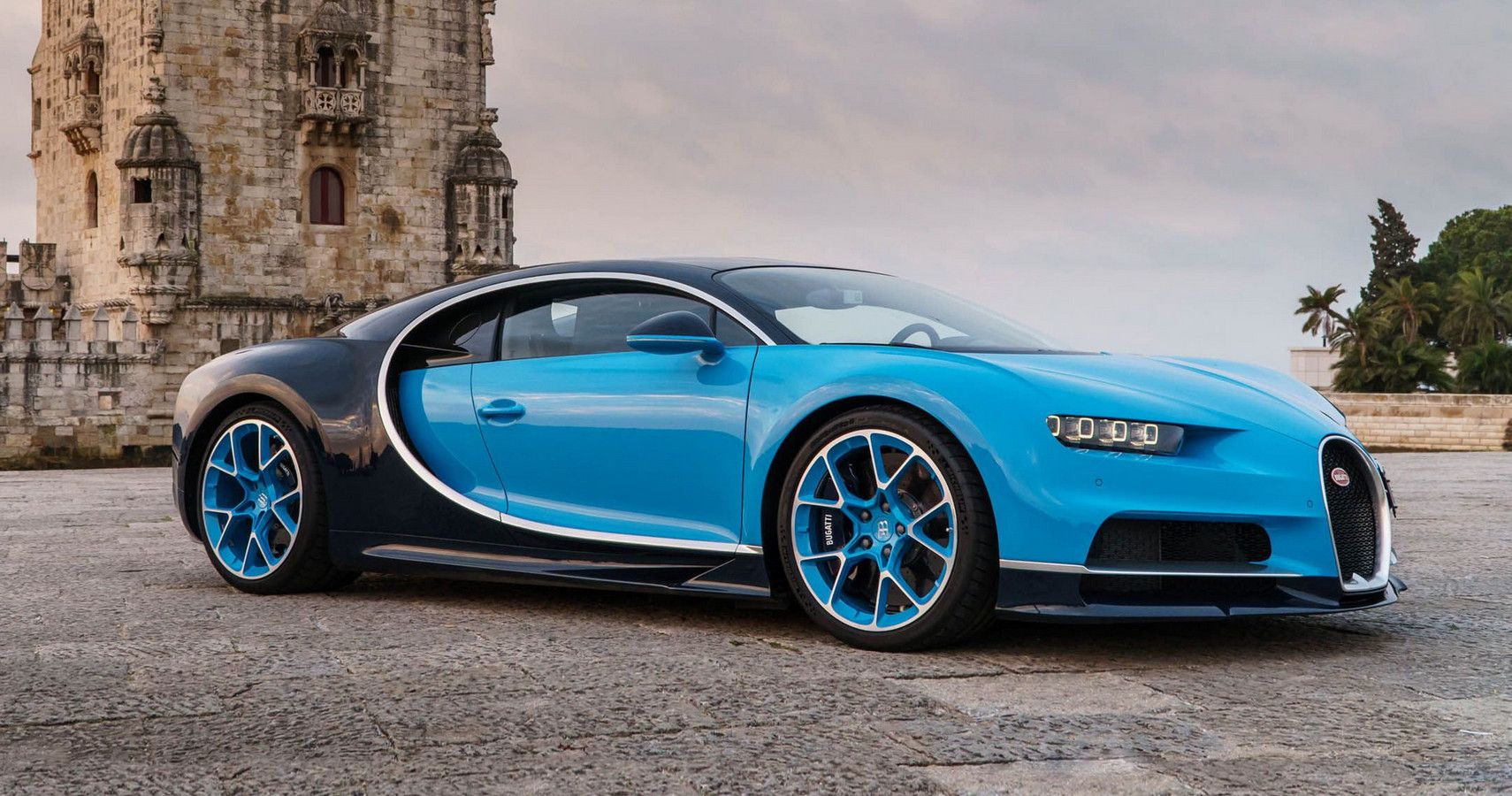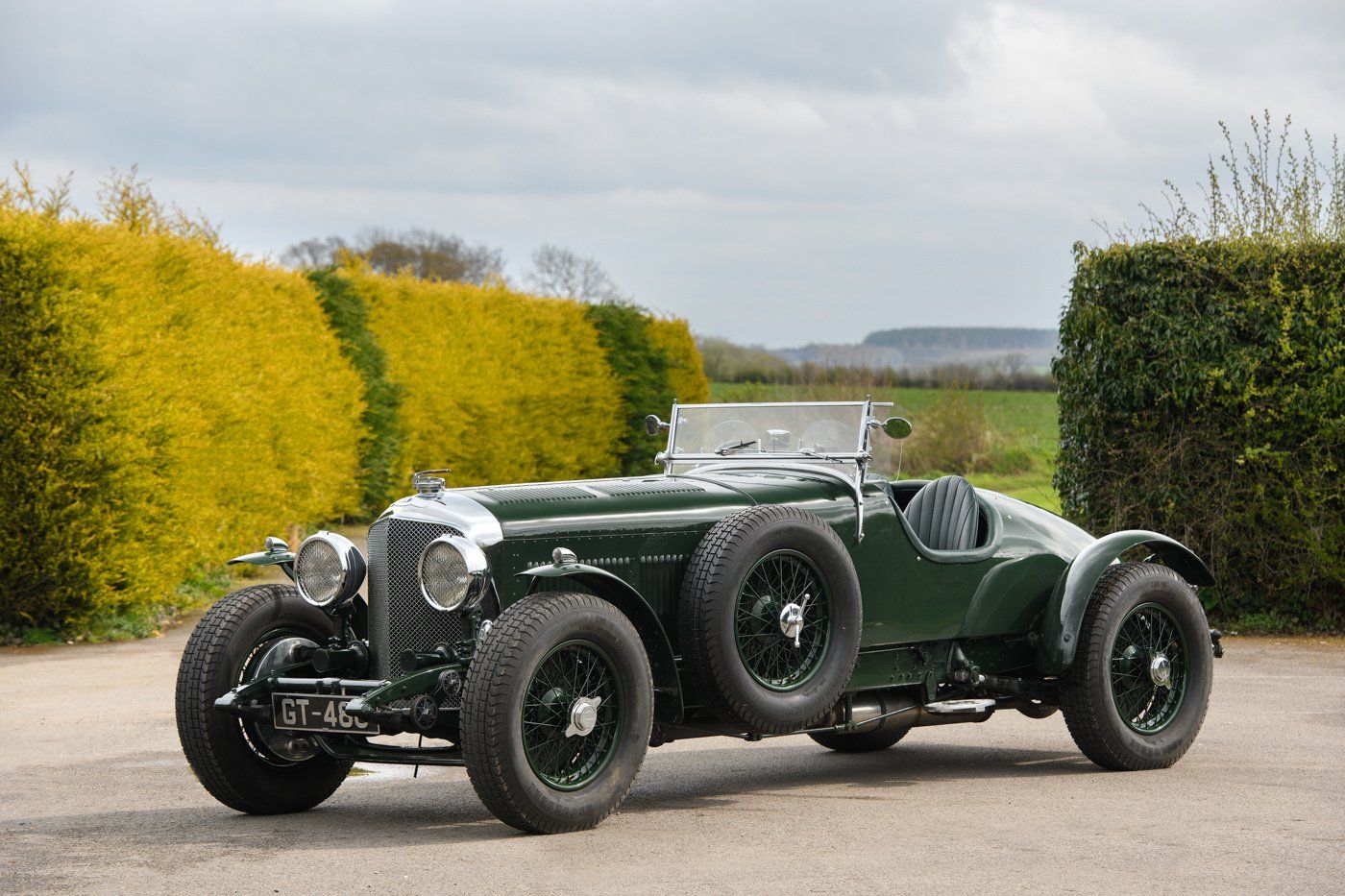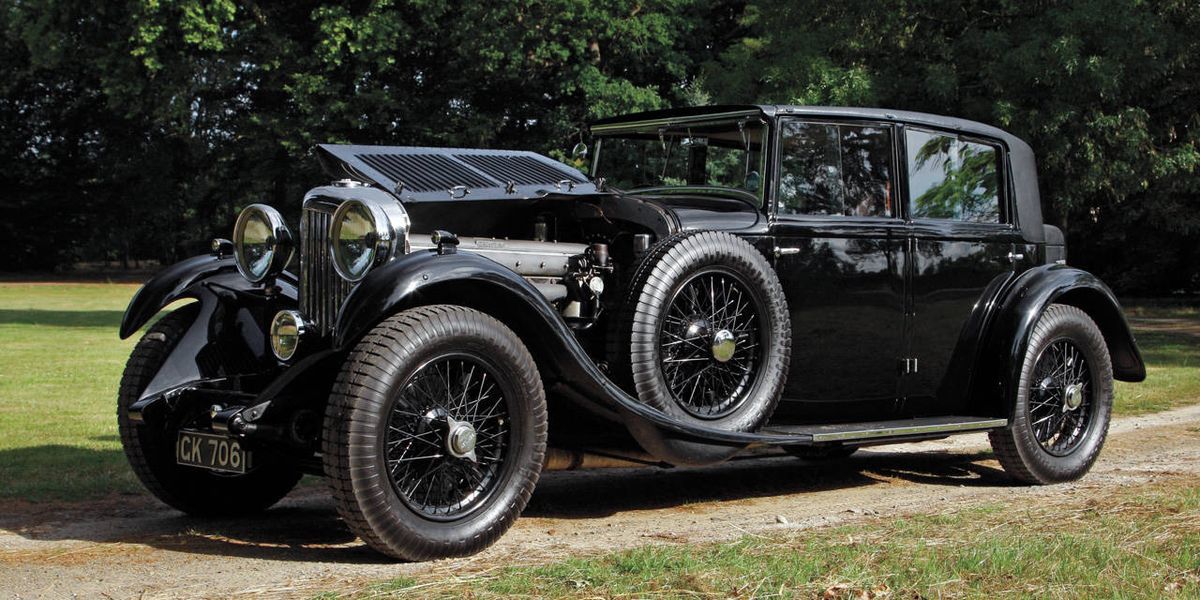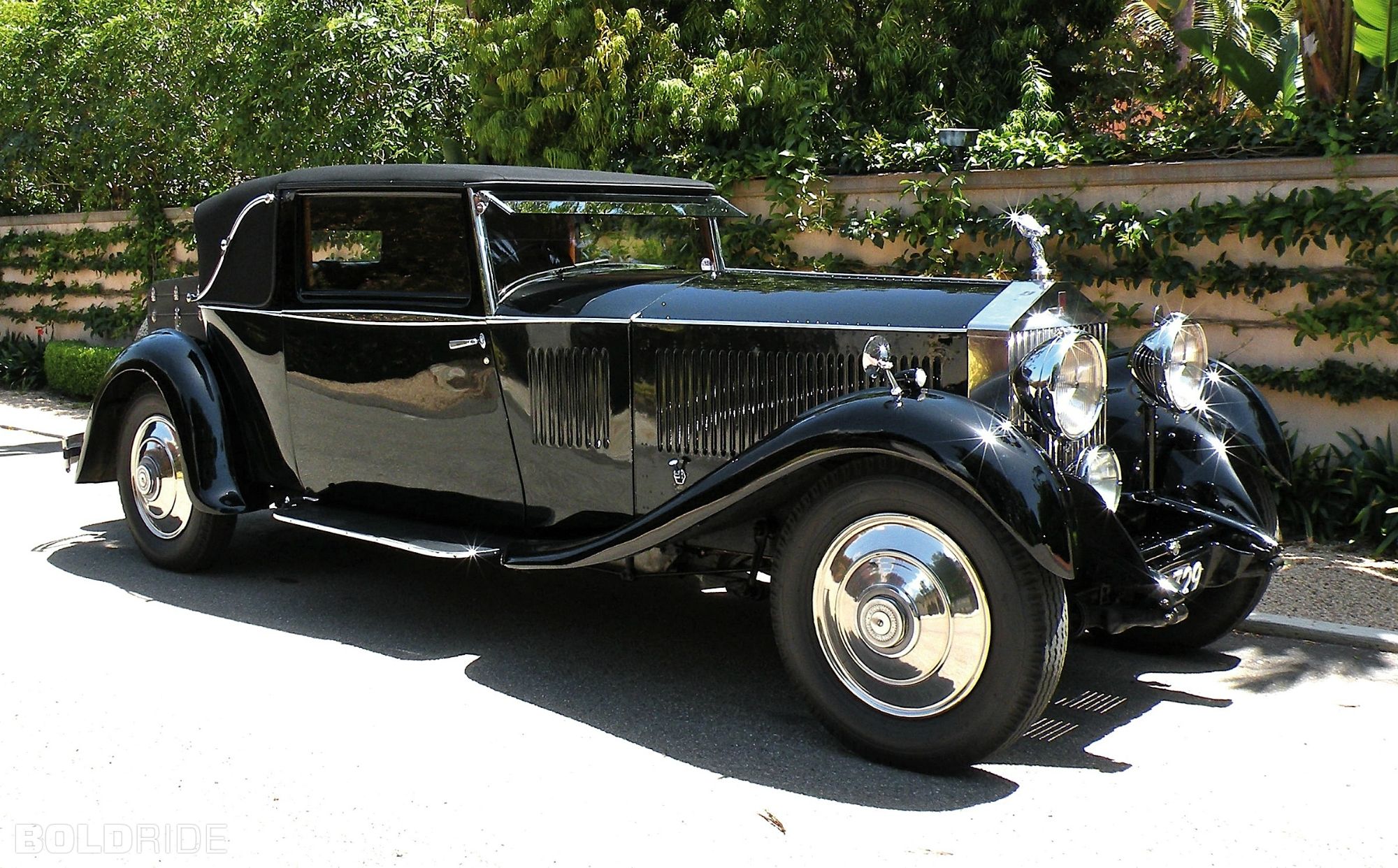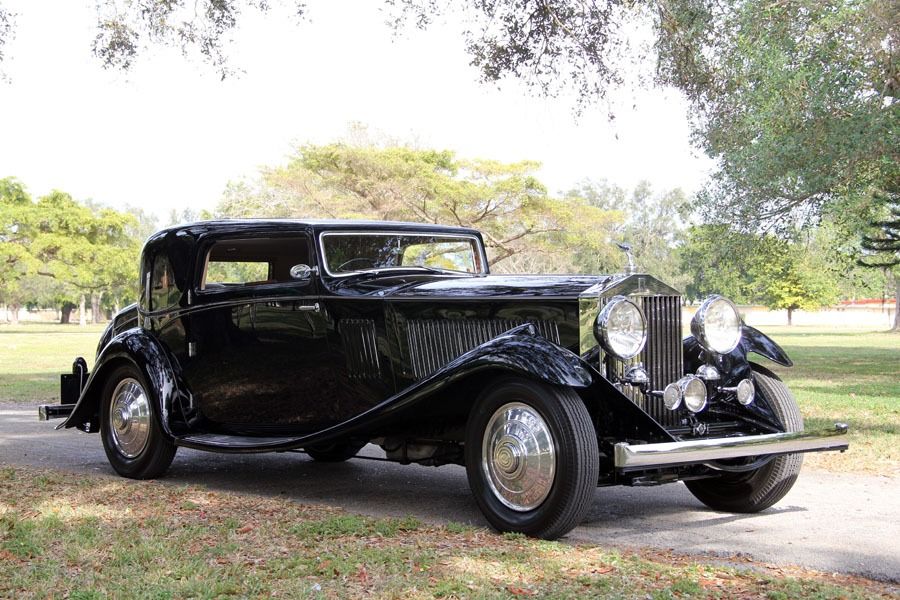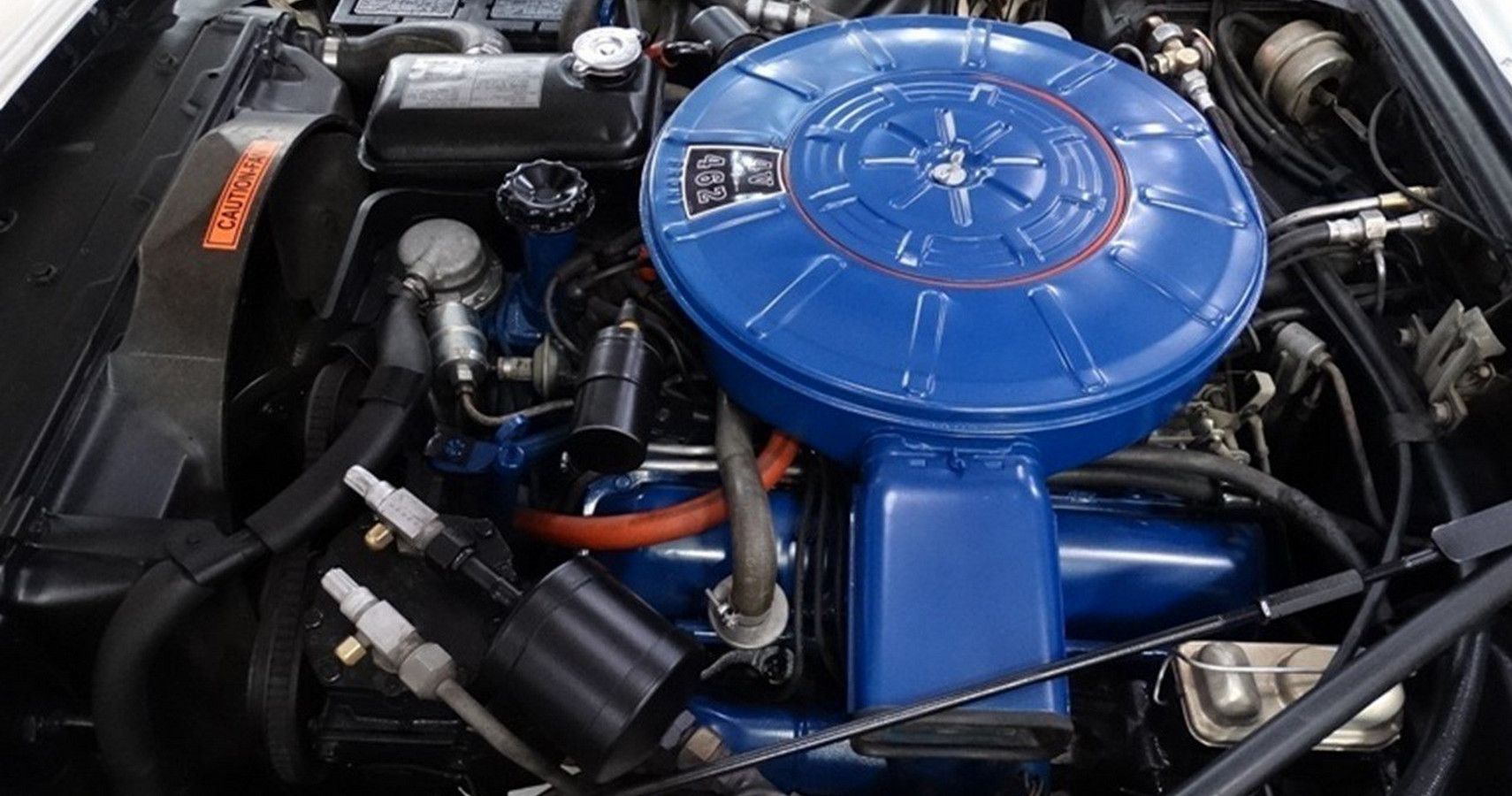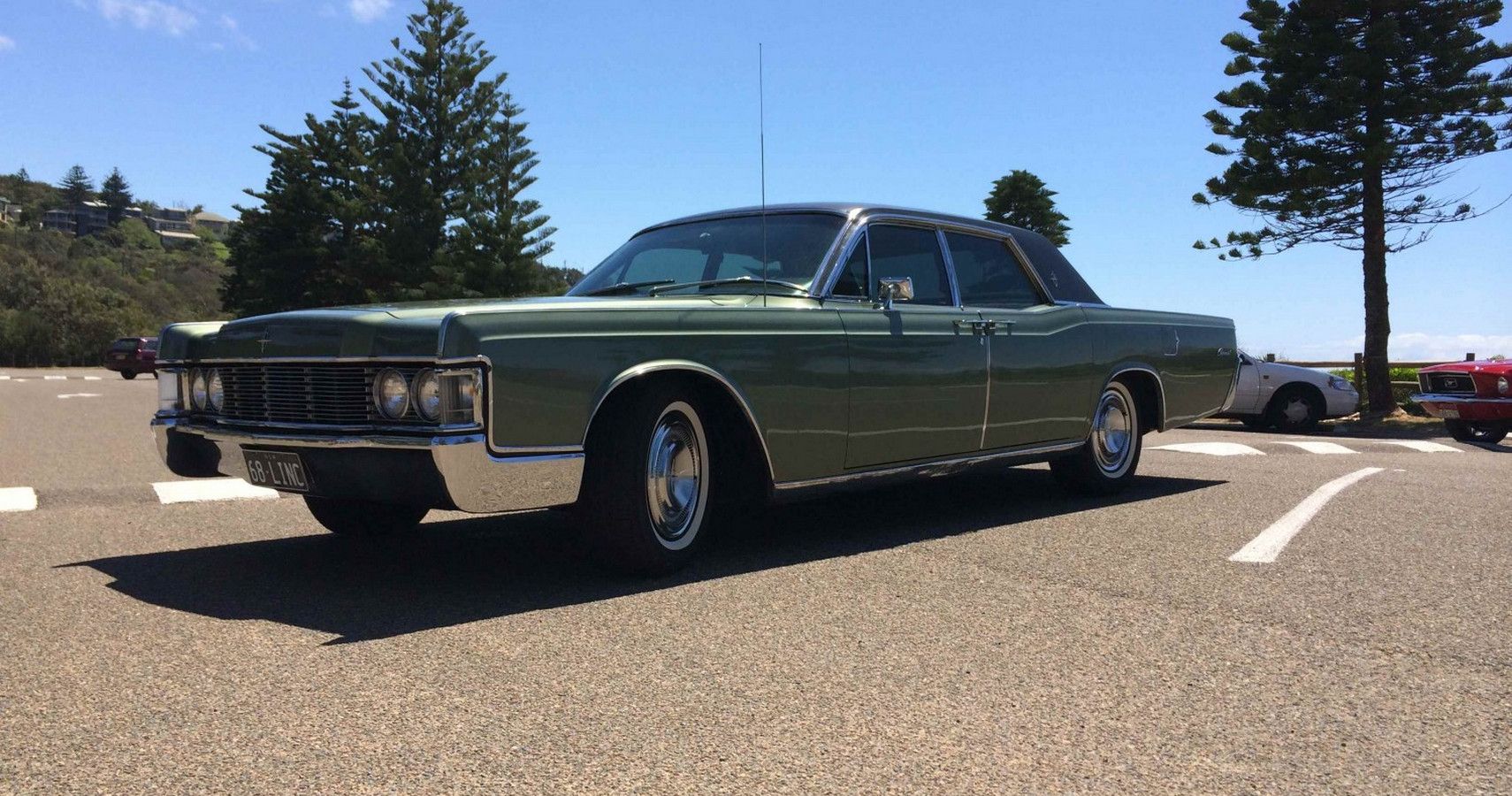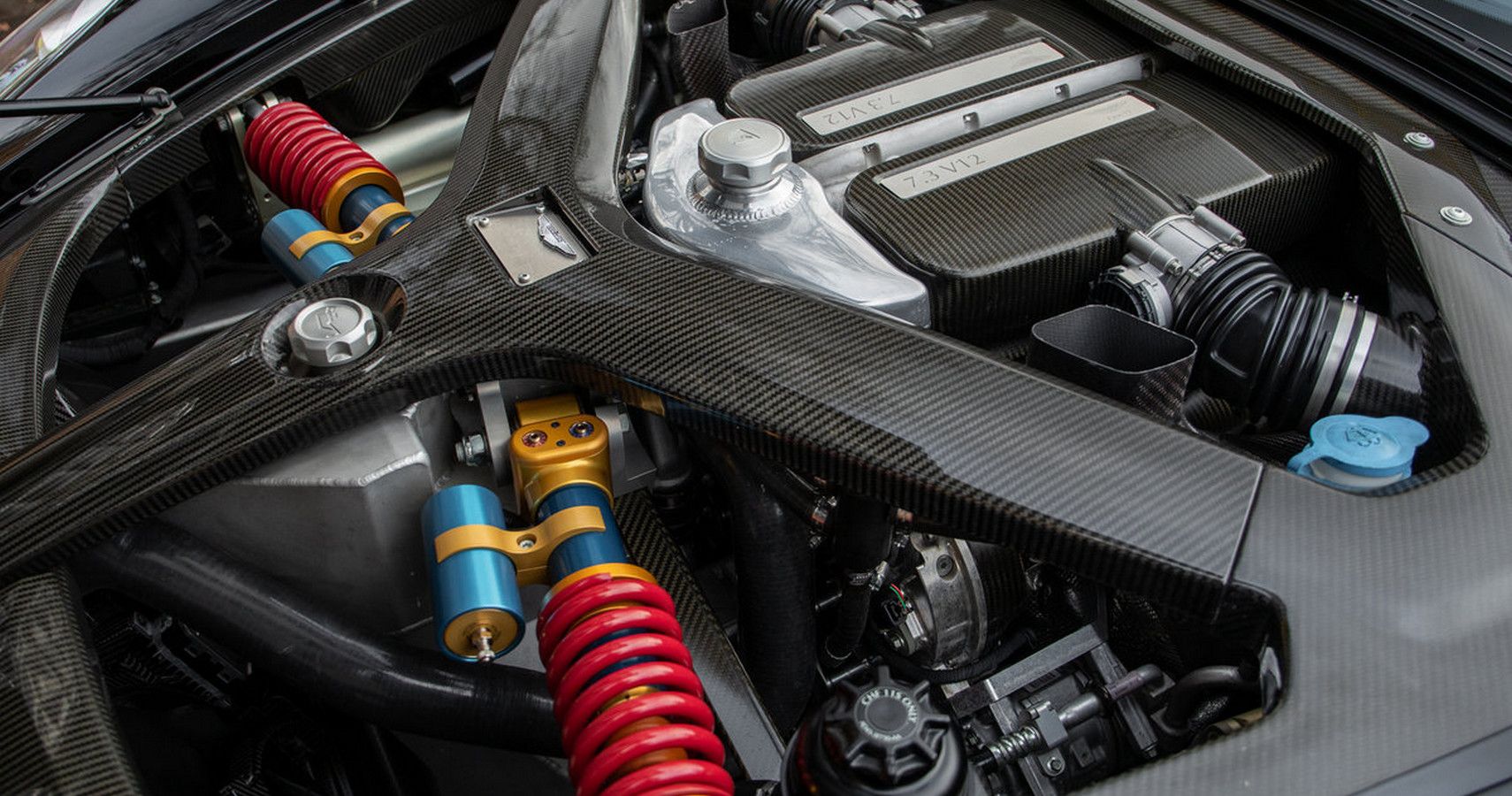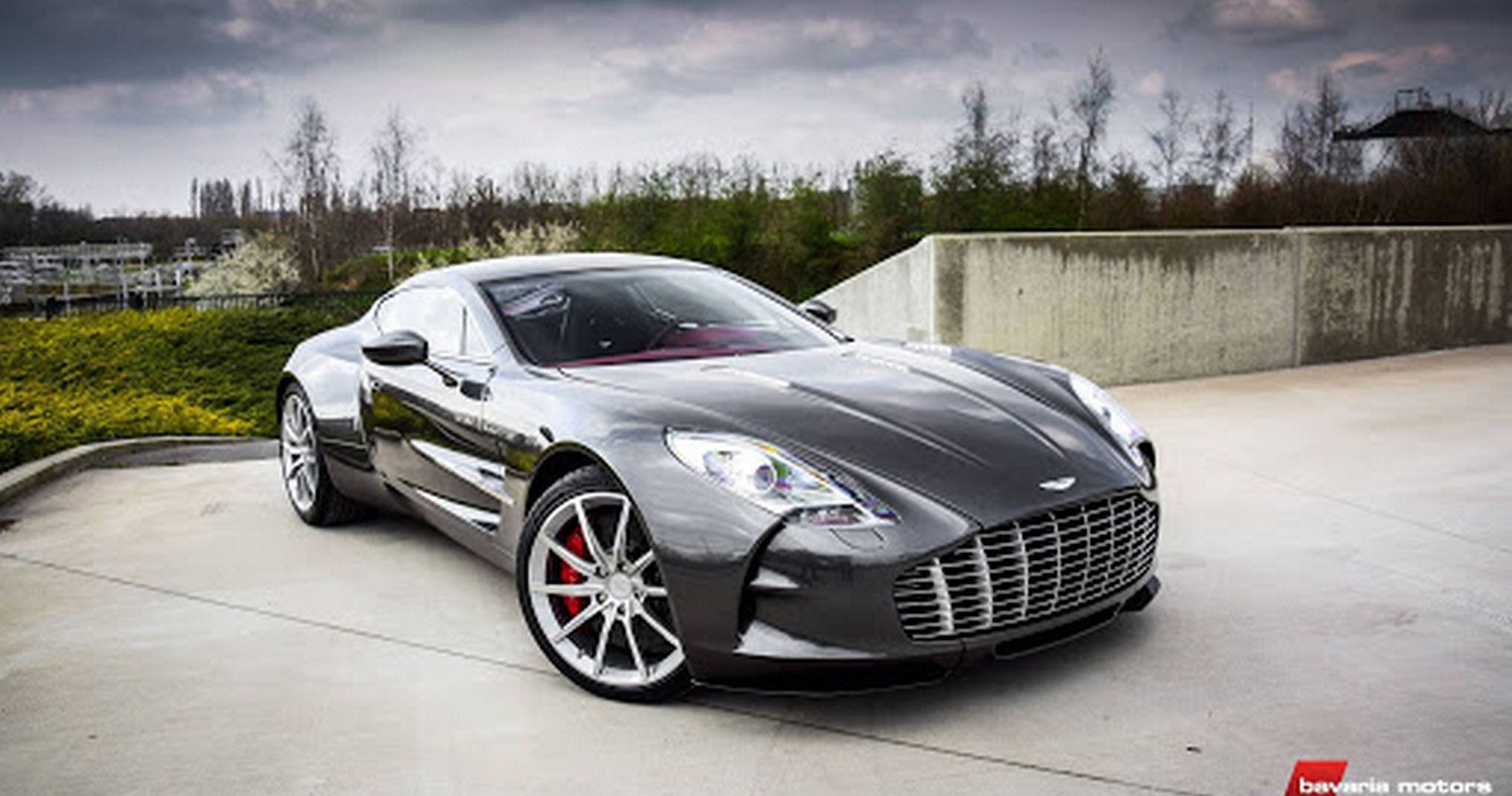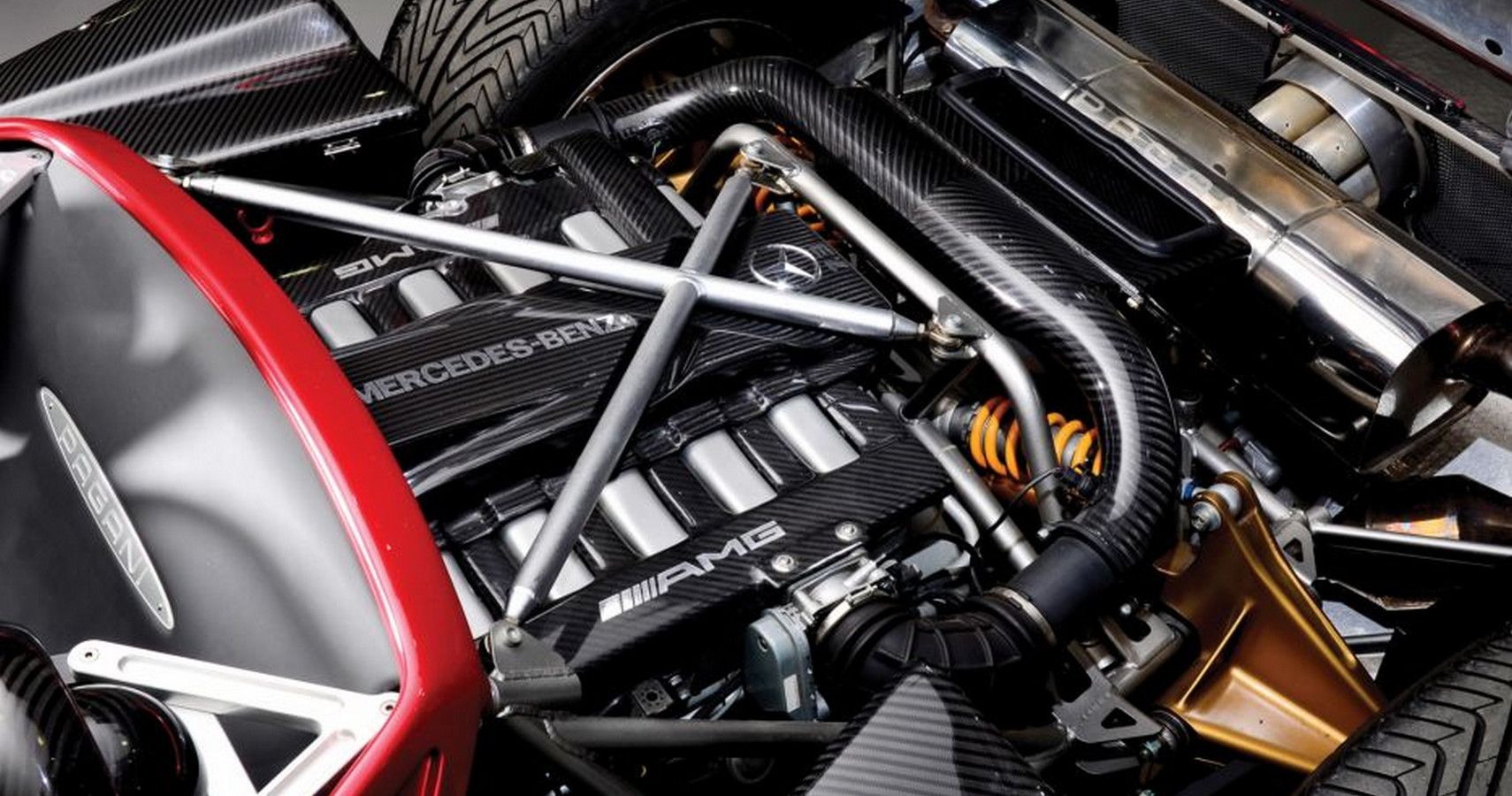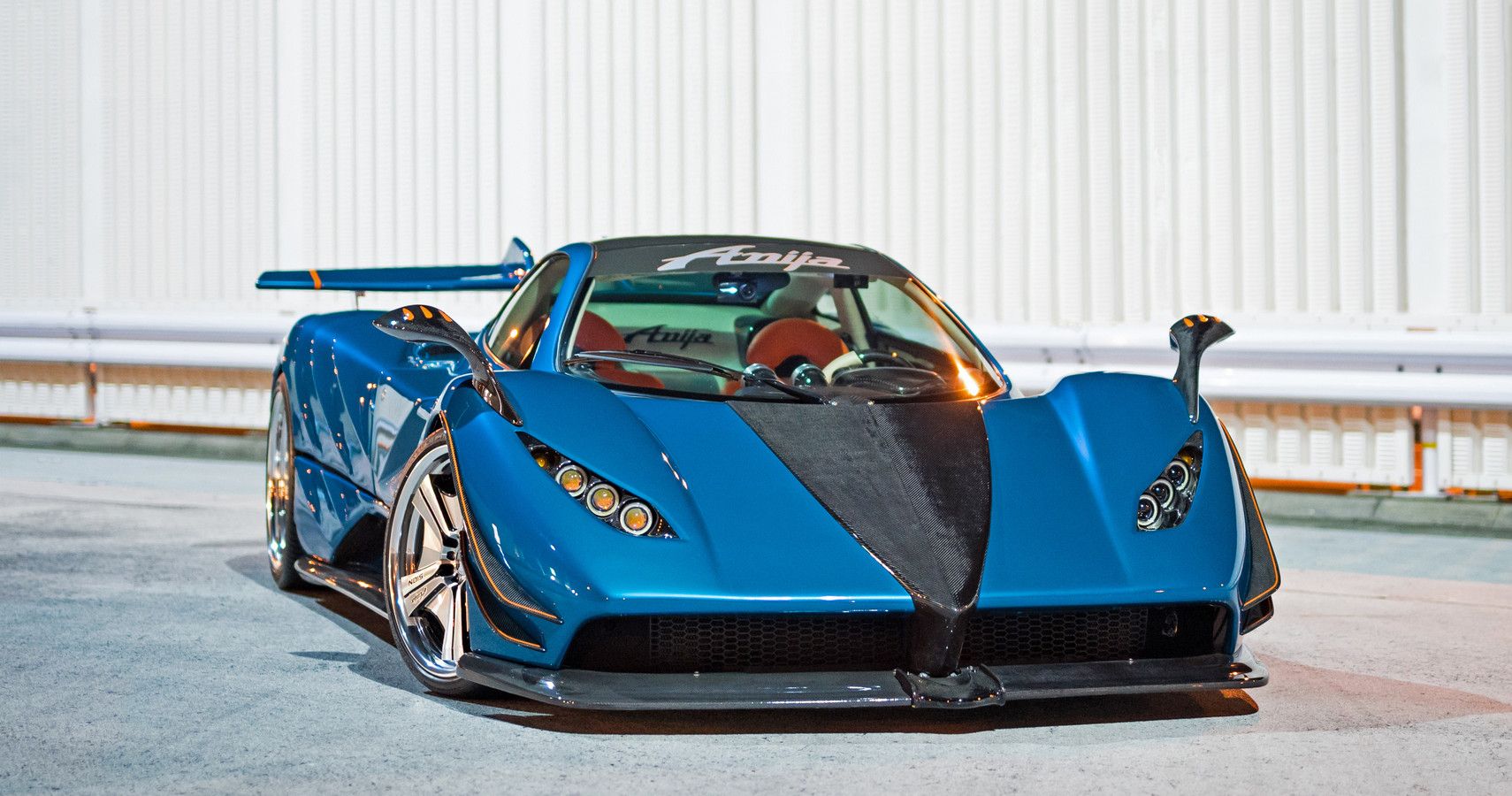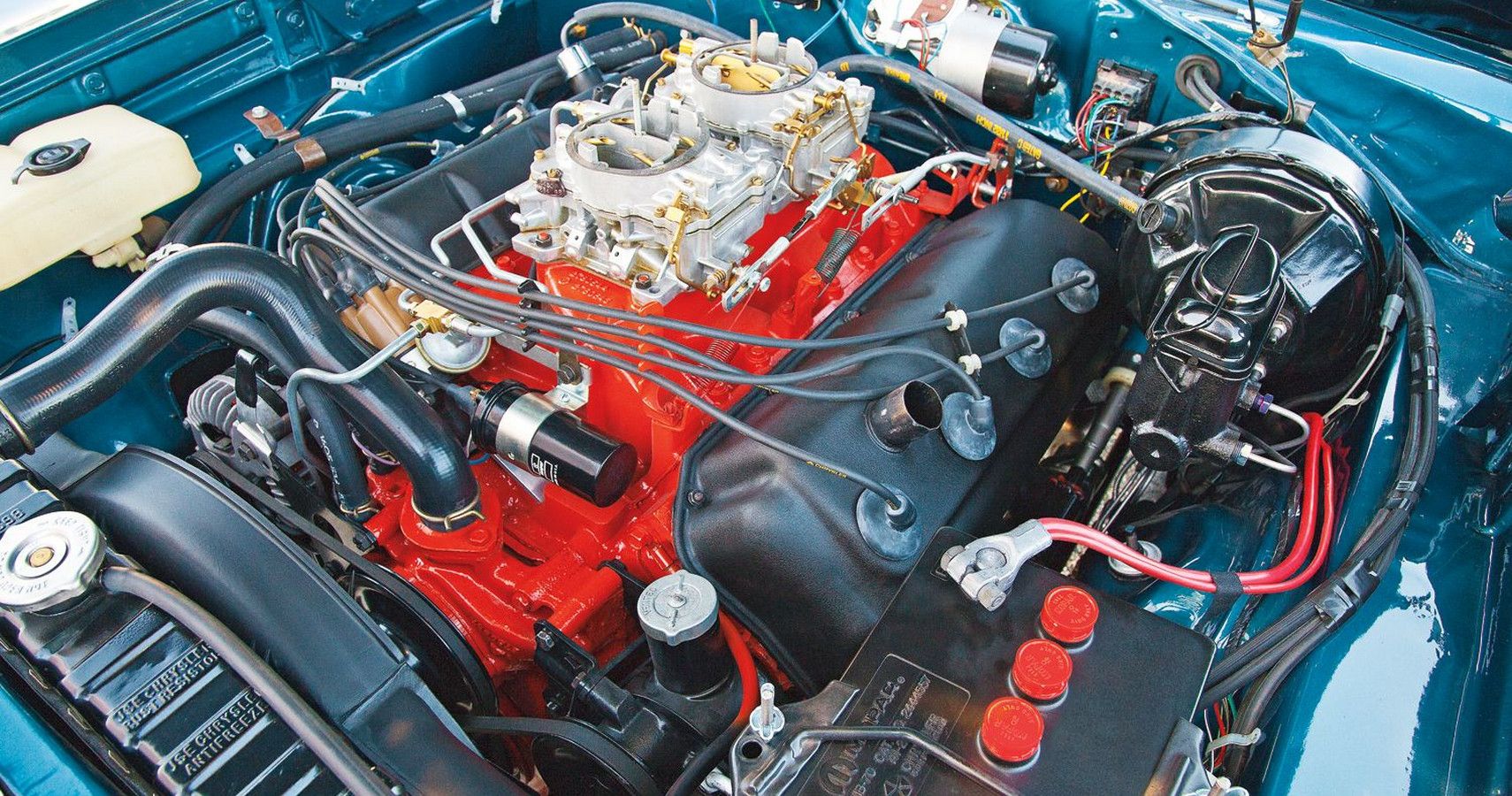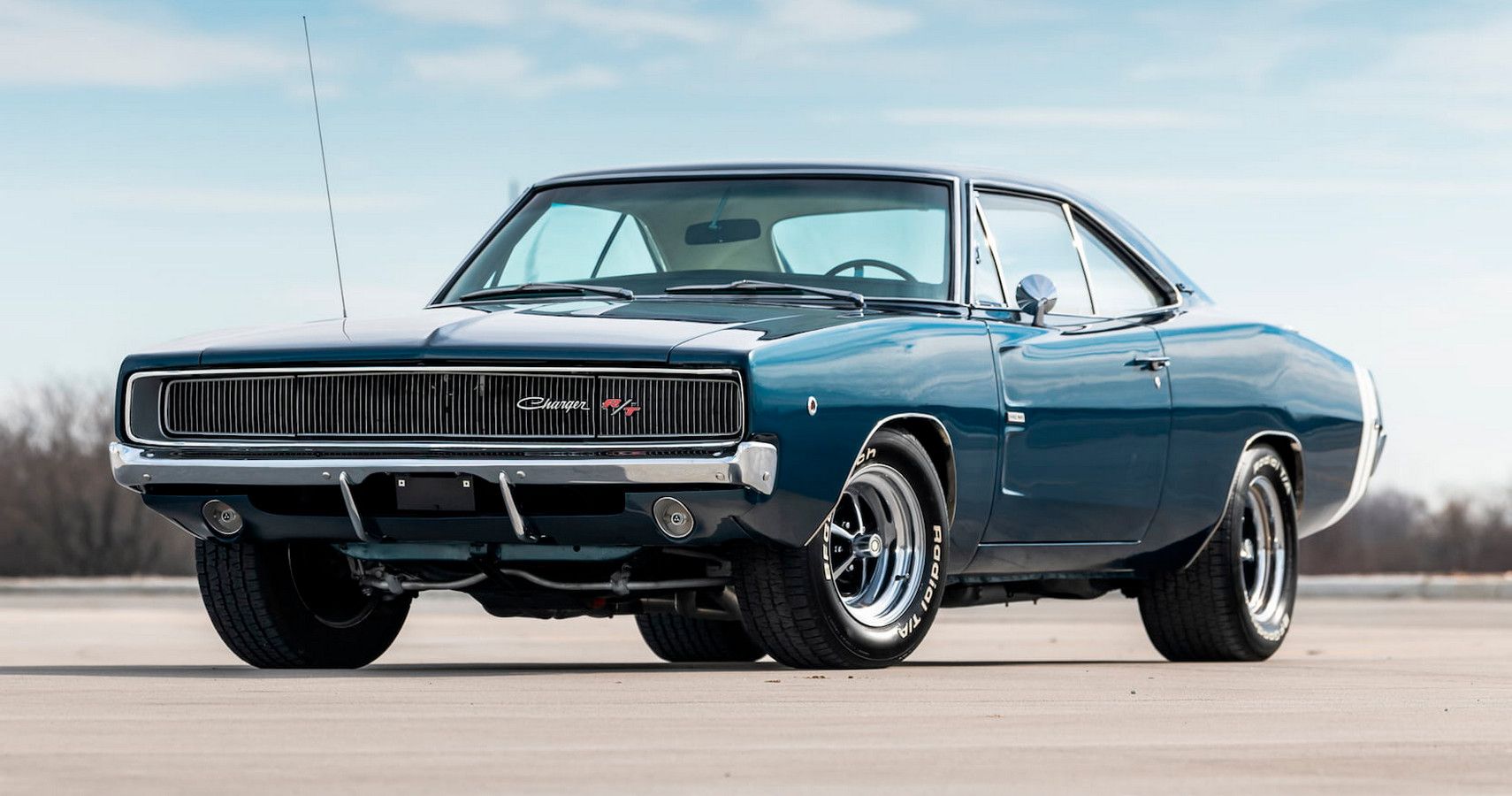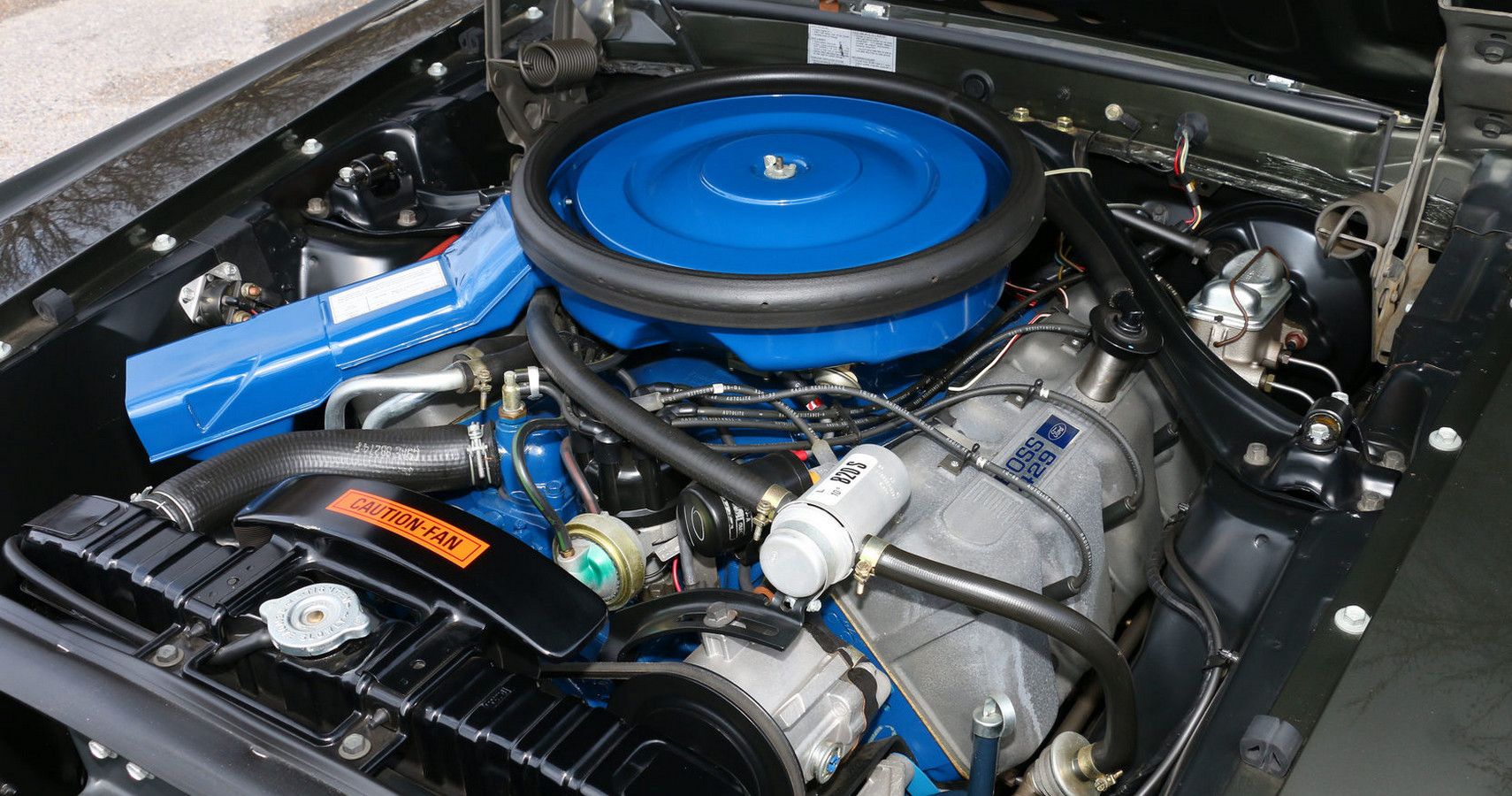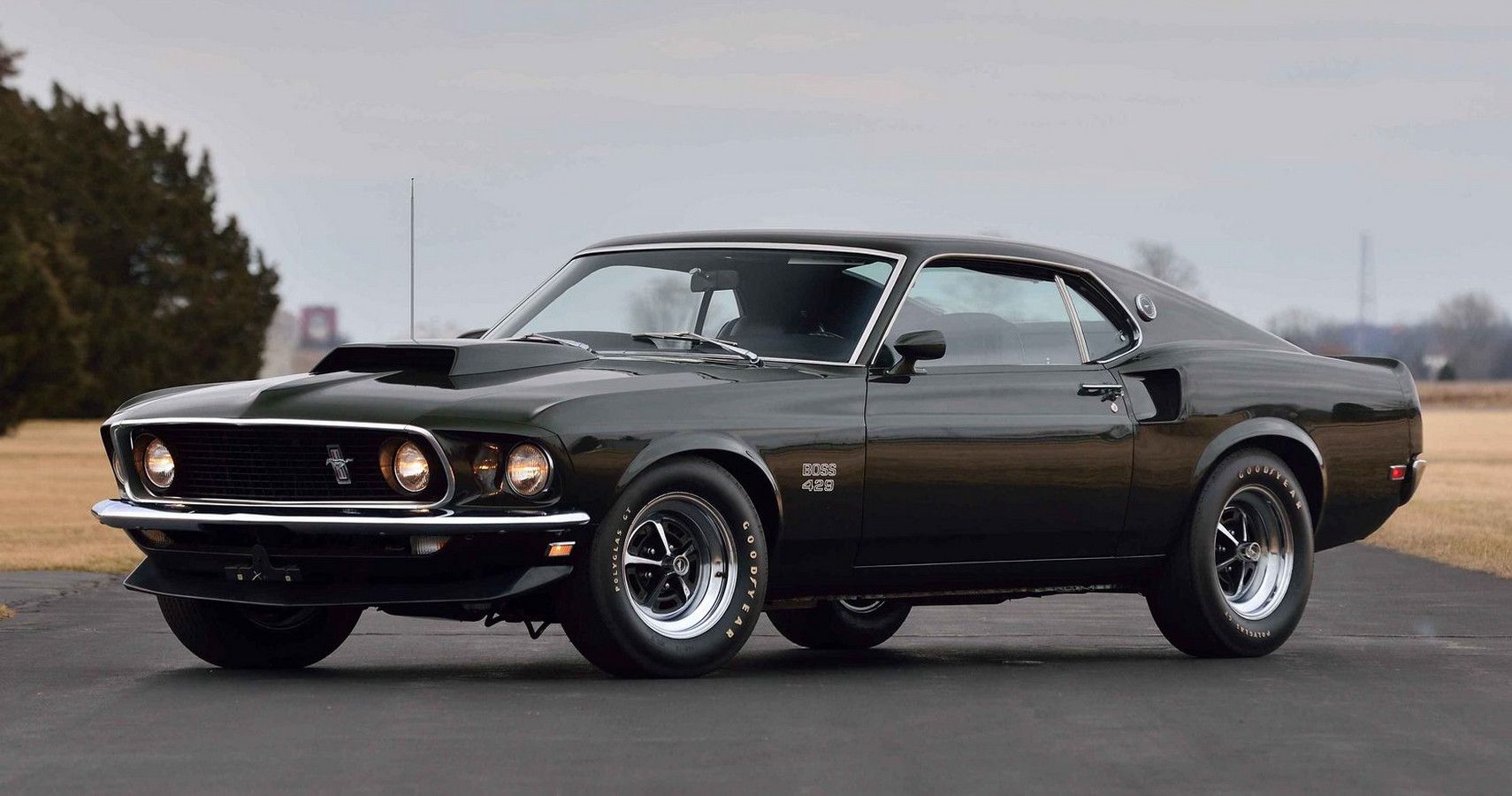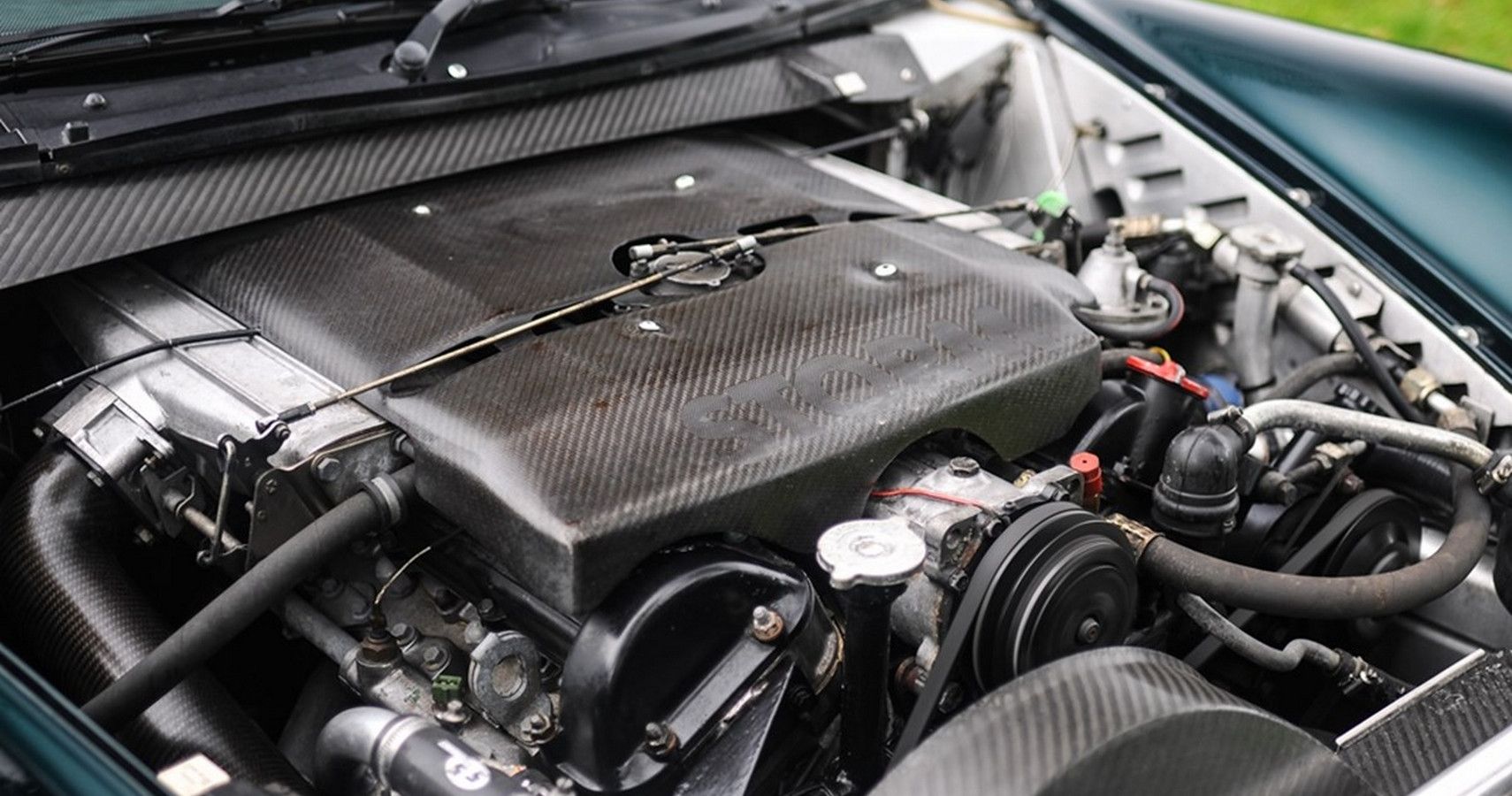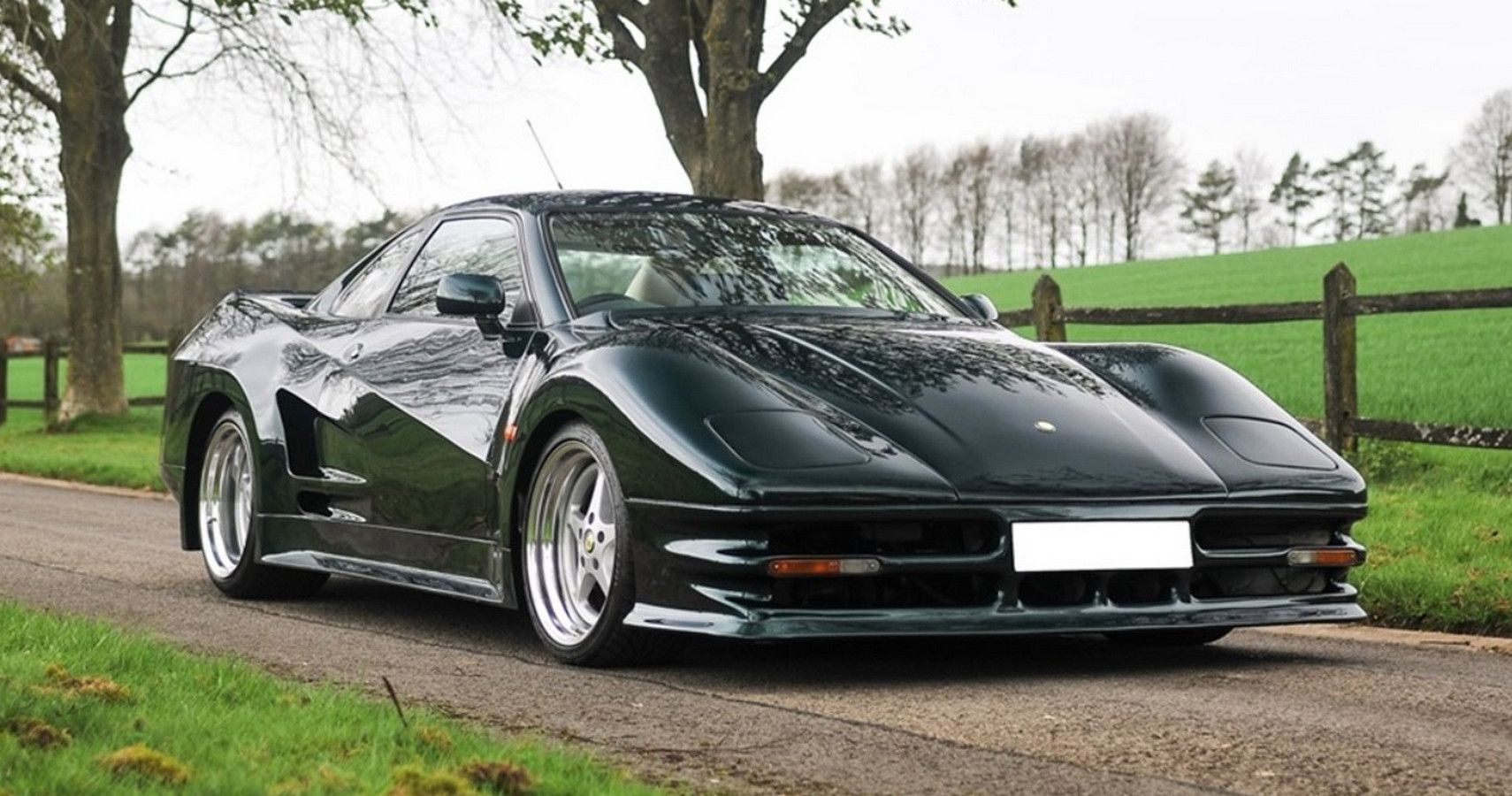Bragging which car is better often came down to which one had the bigger engine, after all a bigger engine meant better performance, right?
Updated November 2021: If you believe there's no replacement for displacement, you're in luck! We've updated this article with even more cars that featured absolutely mahoosive engines. However, it should be noted that not all of them packed the power one would easily be led to believe.
Looking back at early 20th-century internal combustion engines, some ranging as high as 30-liters in some installations but only producing 200-300hp, fast-forward 100 years, and small four-cylinder 2-liter engines can match these levels. So what has changed?
Improvement of cylinder design, better lubrication, better fuels, more efficient cooling all adds performance without large capacities. Bigger is not always better, but smaller in most performance cars is definitely worse.
13 Dodge Viper SRT 8.4-Liter V10
Even when Dodge launched their Viper they used one of the biggest automotive engines at 8-liters, later attempts to boost sales saw this increase to 8.4-liters. Borrowing its larger SRT-10 motor from the company's Dodge RAM yielded 645hp producing a maximum speed of 206mph.
By modern standards, with only 2 valves per cylinder, the SRT10 unit is relatively simple. Although multivalve engine designs do tend to need higher engine speeds to achieve their power output.
12 Dodge Ram SRT10 8.3-Liter V10
Dodge decided it was a good idea to drop the 8.3-liter V10 motor from the Viper into one of their pickup trucks. And who are we to argue? The brilliant Ram SRT-10 is one of the most hysterical performance trucks to ever take to the roads. Fittingly for a pickup truck, the engine was actually very simple, as it was naturally aspirated and only had two valves per cylinder.
While it was simple, it was also immensely powerful. Back in 2004, the Ram SRT-10 destroyed the competition with its 500 hp, which was enough to push the truck to 154mph flat out. 0 to 60 mph was dealt with in 4.9 seconds in the regular cab model. This version also came with a six-speed manual transmission as standard, whereas the Quad Cab model was only sold with a four-speed auto transmission.
11 Cadillac Eldorado (Ninth Generation) 8.2-Liter V8
Bigger is often misconceived as better, something the Eldorado is guilty of when fitted with the range-topping 8.4-Liter V8. Weighing 4,800lbs with 365hp available, 1971 models could barely reach 60mph in under 10 seconds, worse still, it recorded a maximum 114mph flat out.
Compared to modern engines, even normally aspirated ones, it is hard to imagine how so little power is available for 8.4-liters. Later 500 cu-in models due to EPA requirements run lower compression ratios dropping power output significantly.
10 Chevrolet Suburban 2500 - 8.1-Liter V8
Chevrolet Suburbans have been around since 1934 holding the record of the longest continuously used model name in automotive history. Range-topping ninth-generation models were offered with GM's Vortec 8100 V8 engines producing 340hp with maximum engine speeds of 5,000rpm, making the larger engine ideally suited to truck installations.
Ultimately, fuel economy and emissions would see the demise of the Vortec 8100, to be replaced with more powerful diesel engines.
9 Bugatti Chiron - 8-Liter W16
Everything about Bugatti's Chiron is big, from price, to performance, and power output, with the carmaker claiming 1,479hp. Essentially a more powerful version of the W16 engine used in the company's Veyron, the 8-liter engine has four turbochargers, all tuned for one thing, maximum speed reaching 261mph.
Turbocharging, by its nature, uses more air, with the Chiron requiring 60,000 liters of air per minute during operation. More air and fuel means more power, but this also means more heat, which explains the Chiron's 10 radiators circulating 800-liters of coolant every minute.
8 Bentley 8-Litre 8-Liter 6-Cylinder
It's safe to say the Bentley 8-Litre was the hypercar of its era. This model emerged in the early 1930s and, as its name suggests, it was powered by a massive 7,982cc six-cylinder engine. It truly was some next-level stuff, and the engine was built to deliver a punch without breaking down.
The engine was fitted using rubber mounts, which was almost unheard of at the time. It had a single piece iron block with a non-detachable cylinder head for maximum strength. The crankcase was made from Elektron magnesium alloy, and it even had four valves per cylinder. Thanks to a coil and magneto, it also featured twin spark ignition. Perhaps most impressive of all is its 220 hp, which made it one of, if not the most powerful car in 1931. Only 100 units were made.
7 Rolls-Royce Phantom II 7.7-Liter Straight-Six
From one 1930s legend to another, the Rolls-Royce Phantom II was as luxurious as a car could possibly get in the early '30s. Of course, it featured an engine to match its looks and luxurious features — a 7.6-liter straight-six unit. The engine was highly refined and ran as smooth as butter, which was a must, considering the brand's clientele.
In order to make the engine run so smoothly, it had seven main bearings and a one-piece cylinder head made from cast aluminium. Thanks to Rolls-Royce's experience in building aircraft engines, dual ignition was standard in this model. Rolls-Royce even offered performance cams in the Continental model.
6 1968 Lincoln Continental - 7.6-liter V8
Long-distance luxury cruiser from the outset, Lincolns Continental featured unique touches to ensure the ride and performance were always smooth and refined. From nose to tail, measuring 5.6 meters and tipping the scales at 5180lbs, a big engine was needed. Under the hood, a fairly low-spec 7.6-liter V8 engine with just two valves per cylinder delivered up to 365hp but more importantly 500lb-ft of torque.
Larger capacity engines with low-revving lazy torque curves are much better suited to luxury cars, with the Continental never intended for enthusiastic driving 124mph is more than adequate.
5 Aston Martin One-77 - 7.3-Liter V12
Under Ford's ownership, Aston Martin struggled to achieve its own identity, with many of the cars although very good featured corporate parts bin components from the parent company's line up. New ownership from 2007 led the company to produce their 2009 Aston Marton One-77, complete with a custom-built Cosworth 7.3-Liter V12. Normally aspirated One-77's could muster 750hp, capable of 220mph.
Smaller volume carmakers often turn to specialist performance engine divisions, with Cosworth's long history of racing engine design proving especially beneficial to Aston's limited-edition One-77 project,
4 Pagani Zonda S - 7.3-Liter V12
Arguably one of the finest engine installations ever produced, Pagani bought a new level of style and detail to the market with their Zonda range. Making no excuses to hide its engine origins, instead proudly boasting its AMG 7.3-Liter V12, in S specification making do with just 542hp, plenty to reach 208mph.
As with all Zonda models, Pagani eschewed turbocharging preferring more reliable normal aspiration along with the benefits of simpler cooling.
3 Dodge Charger RT - 7.2-Liter 440 RB
Popular among muscle car owners, Dodge Chargers are becoming harder to find with large numbers destroyed in the making of the Dukes of Hazard. Introduced in 1970, 440 six-packs with triple carburetors boosting power to 390hp, 0-60mph in under six seconds while able to reach a maximum of 146mph.
Painted orange with the familiar Confederate flag on its roof, TV series The Dukes of Hazard featured 69 spec Chargers, though the more recent movie also used 68 models to make up for the shortage of genuine cars.
2 Ford Boss Mustang 7-Liter V8
How big is too big? in the case of Ford's Boss Mustang launched in 1969, 7-liters with the engine bay too small to accept the larger Ford 385 derived engine. Originally designed to homologate the 429 engine for NASCAR, Ford produced 1359 examples between 1969-70 making the Boss Mustang one of the most sought-after muscle cars.
Originally advertised with 375hp, later dyno testing would back these claims with 355-360hp reported.
1 Lister Storm 7-Liter V12
One of the most underrated performance cars of the early 1990s, the Lister Storm, with seating for four adults, could crack 200mph - sadly, just four road-going versions were built. Optimal weight balance dictated the engine placement behind the axle, Lister worked their magic on Jaguar's V12 engine increasing capacity to 7-liters raising power to 546hp in the process.
Already well respected for tuning Jaguar road cars Lister over a period of 2 years developed the Storm design before release, unfortunately, high pricing robbed the Storm of the success it deserved.

